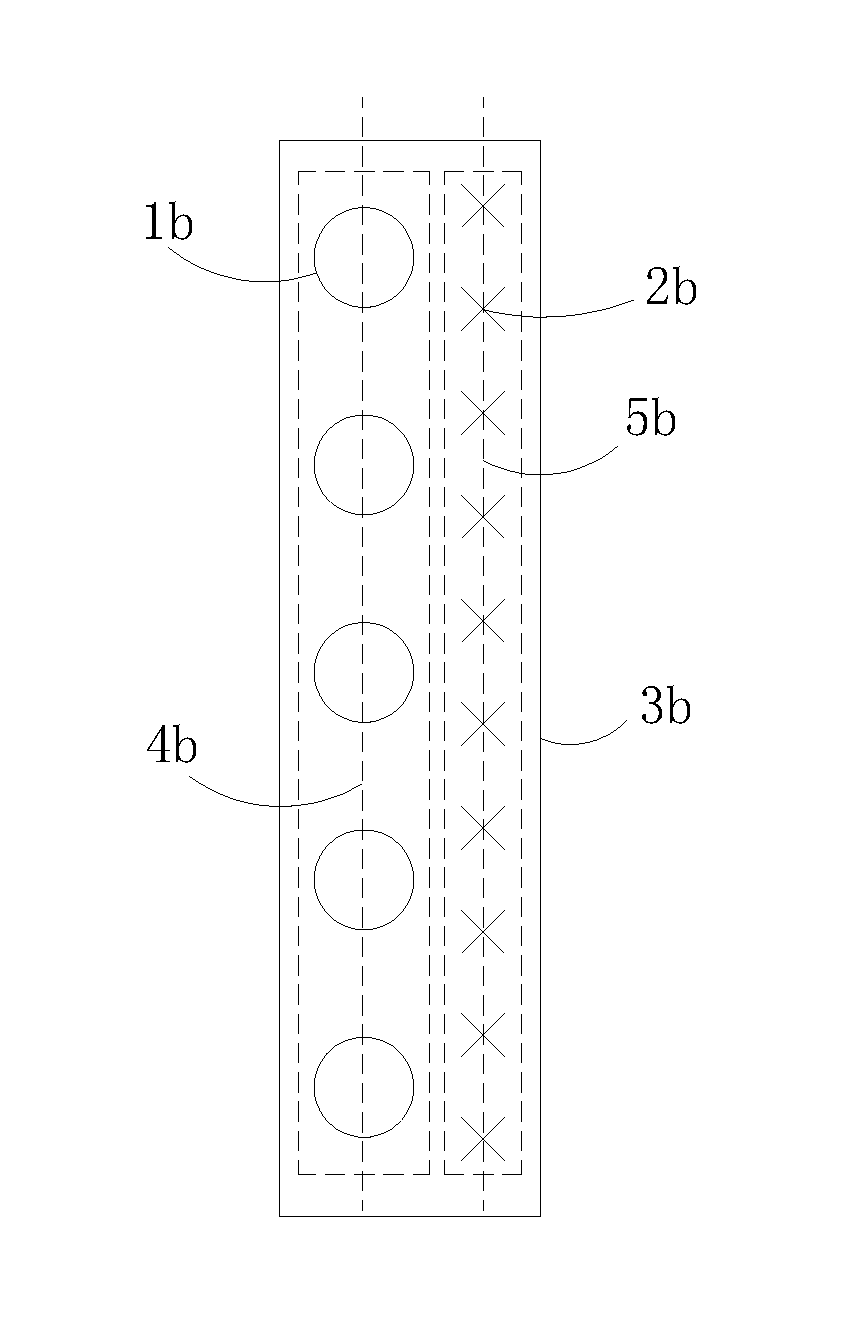Antenna control system and multi-frequency shared antenna
a control system and antenna technology, applied in the field of mobile communication antennas, can solve the problems of severe interference to high frequency radiation units, coaxial nesting, and certain limits, and achieve the effects of improving the convergence of reducing interference, and improving the horizontal plane half power beam width
- Summary
- Abstract
- Description
- Claims
- Application Information
AI Technical Summary
Benefits of technology
Problems solved by technology
Method used
Image
Examples
Embodiment Construction
[0053]The present invention is described in further detail in conjunction with various embodiments and accompanied drawings.
[0054]It is well known that a radiation array (including low frequency and high frequency radiation array) is intended to transmit communication signals and is generally constituted by a plurality of radiation units arranged in matrix in the form of a single or multiple lines. As to high frequency signals, a high frequency radiation array is formed by plural high frequency radiation units. Correspondingly, a low frequency radiation array is formed by plural low frequency radiation units. Here, in a radiation unit, a component for transmitting and receiving signals is a symmetrical dipole of the unit. An electrical component of the symmetrical dipole is its radiation arm which is supported by a balun of the symmetrical dipole. In a radiation unit, to improve gain of polarization diversity receiving, two pairs of symmetrical dipoles are employed and they are arra...
PUM
 Login to View More
Login to View More Abstract
Description
Claims
Application Information
 Login to View More
Login to View More - R&D
- Intellectual Property
- Life Sciences
- Materials
- Tech Scout
- Unparalleled Data Quality
- Higher Quality Content
- 60% Fewer Hallucinations
Browse by: Latest US Patents, China's latest patents, Technical Efficacy Thesaurus, Application Domain, Technology Topic, Popular Technical Reports.
© 2025 PatSnap. All rights reserved.Legal|Privacy policy|Modern Slavery Act Transparency Statement|Sitemap|About US| Contact US: help@patsnap.com



